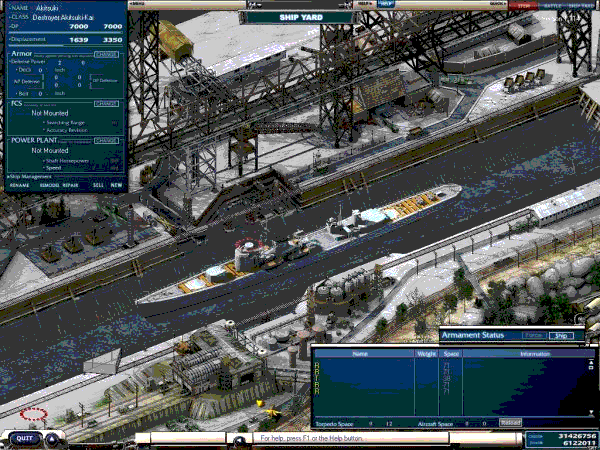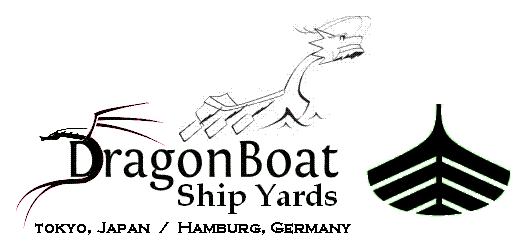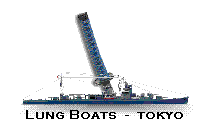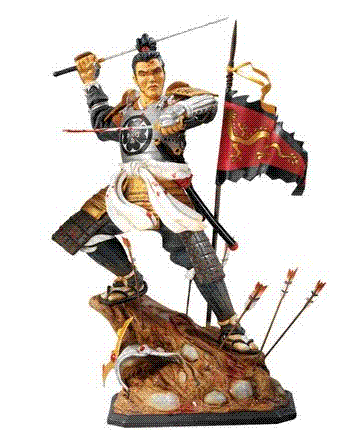
undefined
undefined
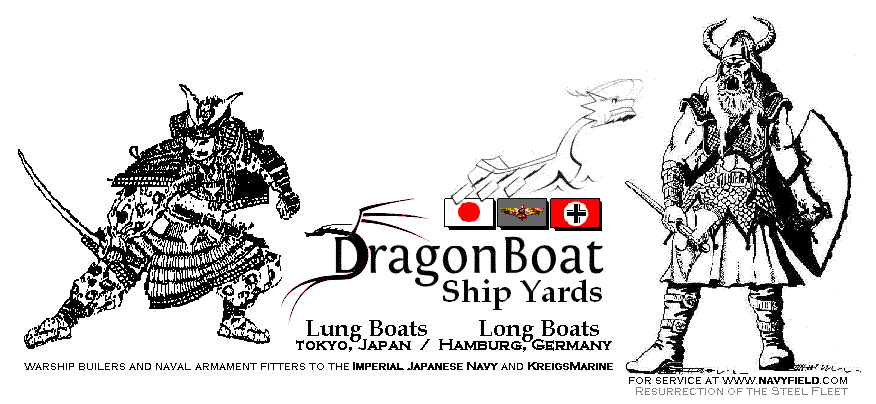

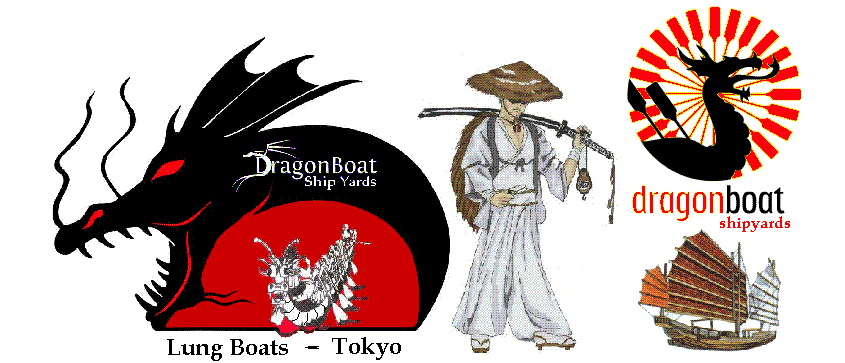
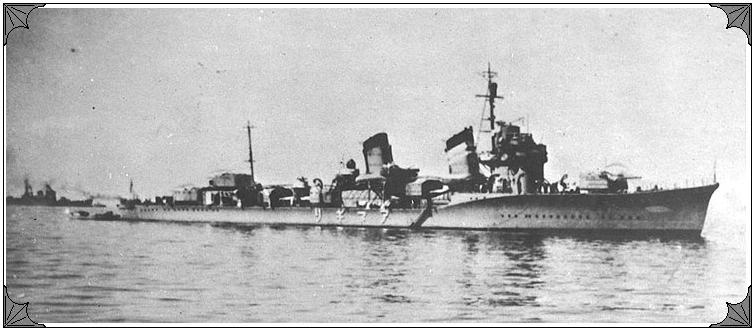
Imperial Japanese Navy - FUBUKI class Destroyer
==========================================================================
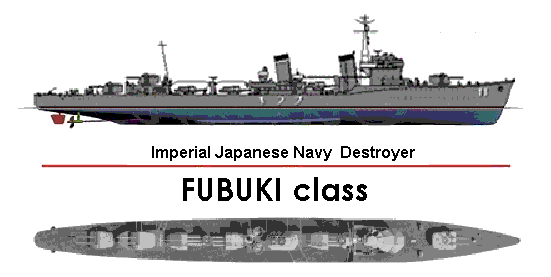
The Fubuki class destroyers were a class of twenty four destroyers of the Imperial Japanese Navy. The Fubuki class has been called "the world's first modern destroyer." The Fubuki class not only set a new standard for Japanese vessels, but for destroyers around the world. At a time when British and American destroyers had changed little from their unturreted, single-gun mounts and light weaponry, the Japanese destroyers were bigger, more powerfully armed, and faster than anything that any other fleet possessed. They remained formidable opponents to the end of World War II, despite being much older than many of their adversaries.
The Fubuki-class destroyers, originally only known as numbered destroyers 35 to 54 of the Imperial Japanese Navy "Special Type", were completed between 1928 and 1931. They were assigned names as they were launched, in keeping with Japanese practise.
Fubuki ("snowstorm") was a Fubuki-class destroyer of the Imperial Japanese Navy. She was a veteran of many of the major battles of the first year of the war, and was sunk in Ironbottom Sound during the Battle of Cape Esperance in World War II.
The Fubuki class destroyers at the time of their completion, 1928 to 1932, were the most powerful destroyers on the seas. Designated as 'Special Type,' the Fubuki destroyers were ordered over a period of several naval build programs, starting from 1923 and concluding in 1927. In all, twenty were laid down and completed. All but two of the class were sunk during the Pacific War, one was loss prior to the war in a ship to ship collision and the other was scrapped in 1948.
This ship revolutionized the way navies viewed the destroyer. When Fubuki appeared in 1928, she was the first destroyer in the world to feature power-worked, weatherproof dual 5" mounts, and torpedo reloads. At that time, she was hands-down the most powerful warship of her size anywhere in the world. Unfortunately, the design was also structurally suspect (a common flaw in Japanese warships of this era) as a result of trying to cram too much weaponry into too small a displacement. Subsequent rebuilds remedied this problem, but at the cost of slightly reduced speed and torpedo reload capability. Ayanami is interesting because she carried the modified Model 'B' 5" gun turret, which had superior levation: 75 degrees, compared to 50 degrees for the Model A turret.
Intended to set a new standard for IJN destroyers, the Fubukis were part of a program after World War I to give Japan a qualitative edge with the world's most modern ships. As a result, they had heavy armament, high speed, and large radius of action. The Fubuki's not only set a new standard for Japanese vessels, but for destroyers around the world. At a time when British and American destroyers had changed little from their unturreted, single-gun mounts and light weaponry, the Japanese destroyers were bigger, more powerfully armed, and faster than anything that any other fleet possessed. They were to remain formidable opponents to the end of the war, despite being much older than many of their adversaries. They also sparked the U.S. Navy's Porter-class, only eight of which were built.) The Fubuki class has been called "the world's first modern destroyer."
Initially designed as a 2000 tonner with a 5-inch (127 mm) battery, two twin 24-inch torpedo tubes (just introduced in Mutsuki), and capable of 40 knots (74 km/h), they were modified in response to the Washington Treaty as 1680 tonners with more tubes, but slower, only 35 knots (65 km/h). Contrary to previous IJN destroyer practise, the Fubukis had the forward torpedo tubes not in the fo'c'sle break, but between the siamesed stacks (a location similar to U.S. ships). In addition, they introduced splinterproof, gas-tight turrets for the 5-inch guns, far ahead of their time.
To increase comfort, the fo'c'sle was raised, the bridge enlarged and enclosed, and the bows given a significant flare, to offer protection against weather in the Pacific.
Between June 1928 and March 1933, twenty-four Fubukis were built, in three groups. The second and third groups had new 5-inch DP mounts, capable of elevating to 75° for AA use, making them the world's first destroyers with this ability. The first group can be distinguished from later ships by their lack of ventilators atop the stacks, while the third group's larger boilers gave them a narrower fore funnel. As completed, group three introduced a unique splinterproof torpedo tube turret (later retrofitted to others of the class), allowing the tubes to be reloaded in action (both of which Western destroyers still did not do in the 1990s).
As a result of several IJN ships suffering damage in a 1935 typhoon, the Fubukis were rebuilt between 1935 and 1937 to improve hull strength and stability. This increased the displacement to 2050 tons standard and 2400 tons full load. The rebuild reduced the top speed slightly. They had a range of roughly 5,000 miles (8,000 km) at 14 knots.
The Fubuki had twin enclosed turretts with an elecation of intially 40 degrees, and in later models, 75 degrees. As completed, Fubukis had twin 5-inch in "A", "X", and "Y" positions, with triple torpedo tubes in "D", "P", and "Q", making them the most powerful destroyers in the world at the time of their completion. During the Pacific War, "X" turret was replaced by more AA, and radar was installed.
From 1935 to 1937, the class were rebuilt to improve hull strength and stability.
As was common with most ships during World War II, the anti-aircraft armament was steadily upgraded during the war as the extent of the aircraft threat was realized. The anti-submarine capability was also upgraded. By 1945, the surviving ships of the class had one aft turret removed to create space and lighten the top for the addition of fourteen 25 mm anti-aircraft guns, two additional 13 mm anti-aircraft machine guns, and 18 more depth charges.
In late February 1942, Fubuki joined the Western Java invasion force. On 1 March, she was involved in the Battle of Sunda Strait, where she assisted in the sinking of the Australian cruiser HMAS Perth and the American heavy cruiser USS Houston (CA-30).
The crew of Fubuki has been accused of launching the torpedo spread that accidentally sank four Japanese transports and a minesweeper, but recent research indicates Mogami the more likely agent.
There were actually two models of Fubuki, the original Type I (Fubuki) type, built in 1928 and 1929 and the following Type II (Ayanami) type built in 1930 and 1931. The Type I's primary 5-inch turret was known as the Model 'A', and could only elevate to 40°, whereas the Type II's Model 'B' turret could elevate to 75°. Furthermore, the Type II's bridge was enlarged and the boiler room's air inlet was changed from a pipe to a bowl shape. Sometimes listed as a third type, the Akatsuki-class was based heavily on the Fubuki.
The Fubuki class was divided into two models. Model I incorporated the first ten ships and were simpler in construction than the ships that followed. They had a rangefinder on the compass bridge, an exposed gun-fire control room, and were equipped with a Type A gun turret that only elevate all of its barrels at the same time and only to forty degrees. Model II Fubuki destroyers were an improvement on this design. They had larger bridges which encompassed the rangefinder, an azimuth compass sighting device, the gun-fire control room, as well as a range finding tower. They also benefited from the deployment of Type B turrets, which unlike the Type A, could elevate their guns seperately and thirty-five degrees higher.
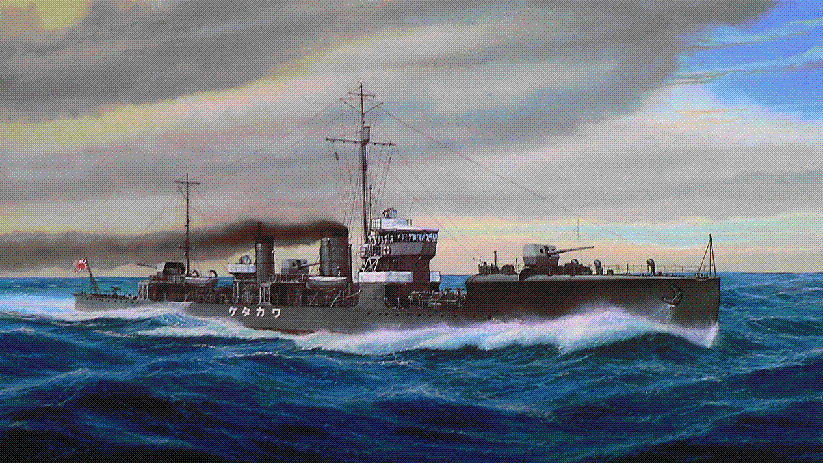
=================================================================================
NB: The above text has been collected / excerpted / edited / mangled / tangled / re-compiled / etc ... from the following online sources :
IJN - FUBUKI class Destroyer - wikipedia article #1
IJN - FUBUKI class Destroyer - wikipedia article #2
IJN - FUBUKI class Destroyer - www.globalsecurity.org
IJN - FUBUKI class Destroyer - www.combinedfleet.com



